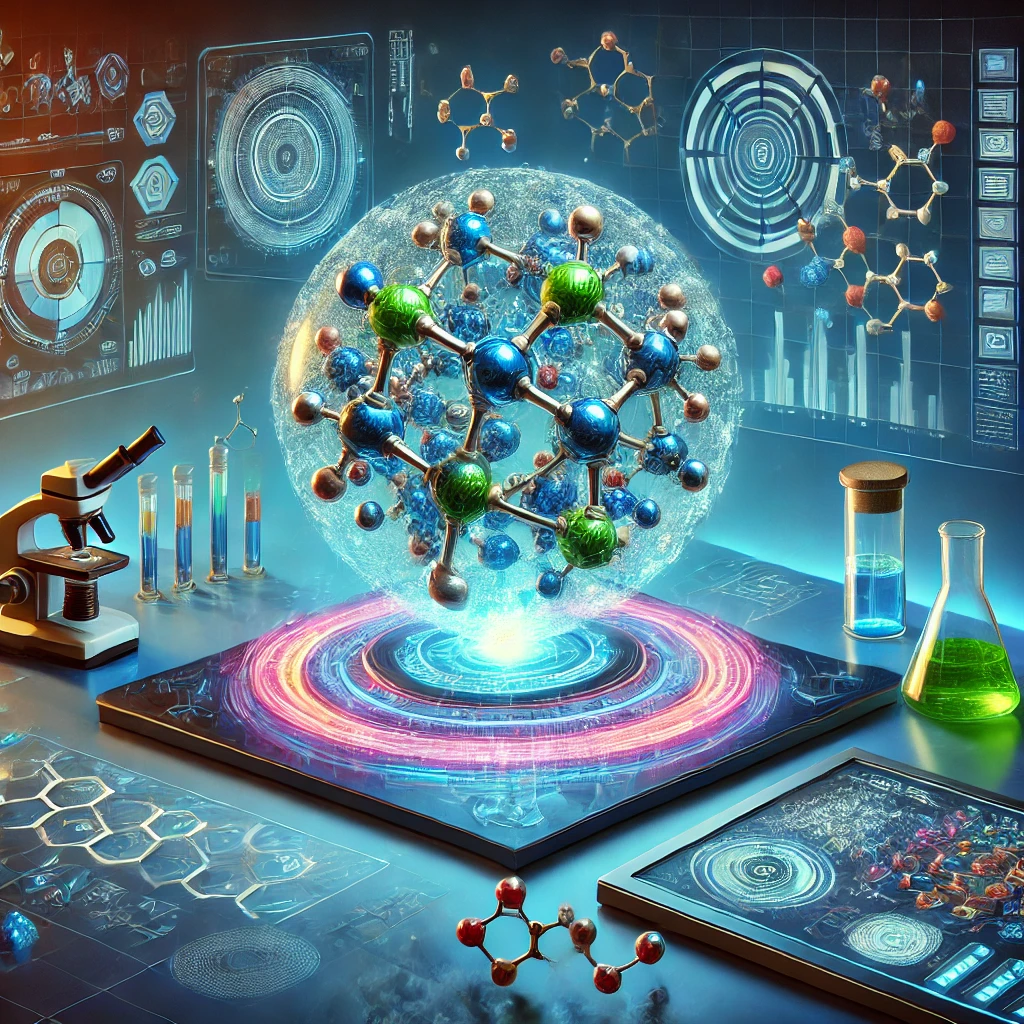In the ever-evolving world of science and technology, new discoveries continuously pave the way for groundbreaking advancements. One such fascinating term that has been gaining attention is “Liptid.” Though relatively new to mainstream discussions, Liptid holds significant potential across various scientific and technological domains. This article delves into the innovative applications and insights surrounding Liptid, showcasing its role as a transformative element.
Understanding Liptid: What Is It?
Before exploring its applications, it’s essential to define Liptid. Liptid refers to a hypothetical or emerging compound (or concept) characterized by unique properties enabling its use across multiple fields, such as biotechnology, materials science, and environmental technology. While still under research, Liptid’s molecular composition suggests exceptional stability, adaptability, and reactivity, making it a sought-after component in cutting-edge innovations.
Key Properties of Liptid
- Versatility in Bonding:
Liptid exhibits extraordinary versatility, capable of forming stable bonds with various elements. This feature enhances its usability in creating complex materials and bio-compatible systems. - Environmental Stability:
Unlike many compounds, Liptid remains stable under extreme conditions, such as high temperatures or varying pH levels. This makes it suitable for applications in space exploration and harsh industrial processes. - Biocompatibility:
Its non-toxic nature ensures safe interactions with living organisms, opening avenues for medical applications like drug delivery systems or prosthetics. - Cost-Effective Production:
Emerging technologies hint at scalable and affordable production methods for Liptid, enabling widespread industrial adoption without significant financial barriers.
Applications of Liptid in Science
1. Biomedical Innovations
The biocompatibility and stability of Liptid have made it a focal point for medical researchers. Potential applications include:
- Drug Delivery Systems:
Liptid’s stable structure allows it to carry and release drugs precisely at targeted sites, enhancing treatment effectiveness. - Tissue Engineering:
As a scaffold material, Liptid supports cell growth and regeneration, accelerating recovery in patients with tissue damage. - Diagnostics:
Its unique molecular markers could improve diagnostic tools, enabling earlier detection of diseases.
2. Materials Science
The ability to form robust and lightweight composites is transforming materials engineering. Liptid contributes by:
- Developing Stronger Alloys:
When incorporated, Liptid increases the durability of alloys used in aerospace and automotive industries. - Smart Materials:
Its reactive nature aids in creating self-healing and shape-memory materials, revolutionizing manufacturing.
3. Environmental Technology
Liptid offers sustainable solutions for pressing environmental challenges:
- Water Purification:
Filters infused with Liptid remove pollutants efficiently, providing cleaner water for communities. - Carbon Capture:
Its reactive properties allow it to bond with carbon dioxide, reducing greenhouse gas emissions.
Technological Innovations Featuring Liptid
1. Energy Storage and Conversion
As the demand for renewable energy grows, Liptid has emerged as a game-changer:
- Advanced Batteries:
Incorporating Liptid into battery designs increases energy density and longevity. - Solar Cells:
Liptid-based photovoltaic cells enhance energy absorption rates, boosting the efficiency of solar panels.
2. Artificial Intelligence and Nanotechnology
Combining Liptid with AI-driven designs has led to breakthroughs in nanoscale engineering:
- Nano-Devices:
Liptid’s molecular precision supports the creation of devices capable of performing specific tasks at microscopic levels. - AI-Enhanced Research:
AI algorithms use Liptid’s adaptable properties to develop solutions for complex problems, such as disease modeling or resource management.
Challenges and Limitations
Despite its potential, Liptid faces challenges:
- Limited Research:
Being a relatively new subject, Liptid requires extensive study to understand its full capabilities. - Regulatory Hurdles:
Ensuring safety and ethical compliance is vital for widespread adoption. - Production Bottlenecks:
While cost-effective production is promising, scaling up without compromising quality remains challenging.
Future Prospects of Liptid
1. Global Collaborations
Governments, private organizations, and academic institutions are expected to collaborate on research and development, fast-tracking Liptid-based technologies.
2. Cross-Industry Integration
As its properties become better understood, Liptid will likely integrate into industries ranging from agriculture to consumer electronics, creating a ripple effect of innovations.
3. Educational Emphasis
Universities and research bodies may introduce dedicated programs to study Liptid, fostering a new generation of scientists equipped to leverage its potential.
Conclusion
Liptid symbolizes the boundless possibilities of modern science and technology. From revolutionizing medicine and materials science to addressing environmental concerns and enabling advanced energy solutions, Liptid holds the promise of transforming industries and improving lives. As researchers continue to explore its depths, the journey of Liptid is only just beginning—a journey that could redefine our approach to innovation in the years to come.
Embracing this novel compound offers a chance to unlock solutions for global challenges and push the boundaries of what humanity can achieve. The future is bright with Liptid leading the way.
